House Plant Summer Watering Guide
Summer has popped in and is burning up the track with its blazing heat. This means your indoor jungle will need a little extra TLC when it comes to watering as many tropical plants have not adapted the ability to preserve water like their counterparts, the succulent clan. So, we’ve put together a comprehensive summer watering guide with 4 useful tips to keep your urban jungle happy and healthy during the sweltering summer months.

WHY YOUR PLANTS NEED MORE WATERING DURING THE WARMER MONTHS OF THE YEAR
During Summer plants “sweat” or transpire (just like us) and lose water to cool down and due to this they often need a little extra water to keep them looking plump and lush. Did you know: The water that is trapped in plant cells is what keeps your plants structured and as water is lost, they lose their ability to stay rigid and go limp.
Summer heat also accelerates evaporation causing your plants potting medium to dry faster than is usual during the cooler months. This in turn can lead to heat stress and dehydration, leaving your plants looking peaky and unhealthy.
All this being said, it’s of the utmost importance that you are sure your plants need watering by testing the soil or looking out for signs of dehydration before you increase your watering schedule as you don’t want to overwater your plants. Remember it is much easier to recover an underwatered plant over an overwatered plant.
Follow this simple guide to help you through your summer watering journey.
3 SIGNS YOUR PLANTS AREN'T GETTING ENOUGH WATER THIS SUMMER.
If you notice regular leaf drop and that your plant’s soil is often on the drier side, you may need to adjust your watering schedule to a more regular basis.
Summer is the time of year when you will be watering more often than usual, so it is good practice to take a little time each week to inspect the moisture levels of each of your plants. There are also a multitude of ways your plants are trying to communicate and let you know they are parched. Here we have listed 3 signs to identify a thirsty plant:

- Limp foliage, crisp edges and a lacklustre plant: These are clear signs your plant is being underwatered. As previously mentioned, water is the main component that encourages your plant to stay rigid. As the plant uses up the water to cool itself down and for other necessary functions, the cells will begin to empty, and your plant will start to become limp. Brown edges are caused by water loss, especially near the tips of leaves, which will then leave your plant crispy and unhealthy looking.
- Dry Soil can be identified by the way it pulls away from the edges of your plant’s pot and it will have an almost dull grey-brown appearance. You will also notice that your plant feels much lighter in weight than usual and this is a distinct sign that the water inside the soil has diminished
- Yellowing or curling foliage: Is another common sign that your plants may be in need of a good deep drink (especially in the Calathea department) and is very prevalent in moisture-loving plants.
TOP TIP: A regular check-in with your plants will not only do you a world of good but also help you keep your lush plant babies happy and healthy throughout a sizzling summer.
Read on to learn about two ways to ensure that you are watering your plants thoroughly during the summer heat.
2 WAYS TO WATER YOUR PLANTS THIS SUMMER
Proper watering is of utmost importance and at this time of the year it is paramount that watering is regular, deep and effective. However, overwatering is lurking in the shadows and is the most efficient way of killing off your houseplants, especially if done incorrectly.
To prevent overwatering, it is important to check your soil’s moisture levels before adding water. You can check this by employing the good old ‘stick a finger in the soil’ check or through feeling the lightness of your plants(soil) to identify their need for a drink. The depth of the dry soil and the lightness of the pot are both good indicators of a plant that needs watering.
In Summer we recommend watering your plants deeply, as watering too quickly or not enough can lead to just the top layer of soil getting wet, whilst the rest of the water runs down the sides of the pot (from where the soil has pulled away from the sides of the pot) and never reaches any of the roots of the plant.
We’ve put together 2 effective ways of ensuring that your gets thoroughly watered during the summers season:
- Treat your plants to a regular “pool” party. (soak your plants)
Gather your plants together with and pop them in the bath or place them in a bucket with a few centimeters of water and allow them to frolic in a good 15 – 20 minutes, giving them time to soak up as much precious water as possible. You can also use this opportunity to give them a gentle shower with a handheld showerhead, which will wash off any accumulated dust as well as assist with saturating the soil. After a good soaking, be certain to allow your plants to drain well before replacing them in their respective positions. This will avoid having your plants sitting in a puddle of water for too long.
- Bottom-Up Watering
This is another great way of making sure your plants get enough water into the soil as well as an extra boost of oxygen.
Use a skewer or chopstick to pierce the soil creating little furrows (be careful not to damage the roots) which will allow the water to penetrate deeply as well as drawing air into the soil. Add water evenly over the surface of your plant’s soil and watch until it starts to seep out the bottom into your drip tray or decorative cover pot. All the plant has to do then is sit in a centimeter or two of water for 10 - 15 minutes. Your plant should draw up quite a bit of the water and if any is left over after the time is up, be sure to discard the excess water.

A FEW OTHER THINGS TO CONSIDER WHEN WATERING INDOOR PLANTS
Temperature of water: When watering be aware of the temperature of the water as well as the air, it is best to water earlier in the day to help the plants’ foliage to dry as the day heats up, preventing moisture from sitting on the leaves for prolonged periods as this can lead to fungal and bacterial outbreaks on the foliage. Plants that have velvety leaves (e.g Prayer Plants, Jewel Orchids and Ficus Audery) don’t like water on their leaves.
Using room temperature water is also beneficial to prevent root shock and unnecessary stress to your plants. Many houseplants come from tropical rain forests where they never experience frost or snow, so dumping a glass of ice-cold fridge water or a couple of ice blocks on your plants can be considered the equivalent of an ice-bucket challenge except your houseplants won't be laughing about it. Try leaving the water you are planning to use out overnight and watering with it the next day.
Temperature of environment: The air temperature is also important as during the hottest time of the day plants tend to slow down activity, including watering absorption, and conserve energy. If you water during the heat of the day your plants are less likely to absorb enough moisture to keep them well hydrated.
3 WAYS TO IDENTIFY LOW HUMIDITY IN YOUR HOME AND HOW TO FIX IT
The heat of summer can diminish levels of humidity in the air, especially if you come from winter rainfall areas. Low humidity will leave you with crispy-edged and browning leaves and your once lush-looking house plants will no longer look stellar.
Look out for these 3 signs of low humidity:
- Crisp leaf edges on foliage will be the first signs of low humidity levels, which can be caused by the summer heat or the use of aircon as well as fans. For the tropical loving plants (lots of houseplants are tropical babies) low moisture levels of the air dry out your plant’s foliage leading to crispy edges.
- Brown, crisp leaves especially on moisture-loving plants whose soil has been kept sufficiently moist is a clear sign of dry air, which can be very common indoors.
- Leaves, curling up or rolling up, this is especially common in the Calathea and prayer plant family. If you see your plant’s leaves rolled up tightly on themselves, this a sure sign that it needs better humidity or watering (check out the watering guide above)
To maintain that lush healthy sheen from your tropical plants it is of importance to ensure humidity levels that stay high. The best way to achieve this is to purchase a cool-mist humidifier, this will not only help raise the moisture level in the air but also assist with cooling your urban jungle down.

If purchasing a humidifier is not practical for you, you can try one of these handy and effective DIY tricks to raise the moisture levels in the air:
- Pebble Tray, this is easily achievable by using old saucers or cheap plastic drip trays and a few pebbles. Fill the tray with a few pebbles and top up halfway with water. Pop your plant on top of the stones (but not in the water) and as the water evaporates, it will create a contained humid environment around your plant.
- Clustering your Plants in little groups. As the plants transpire (release water) they will create a localized humid environment for each other.
- Bowls or vases of water scattered around your plants will increase humidity as the water evaporates around the tropical plants.
Ultimately, take time to notice your plants again and spend a little time with each admiring them individually, this will not only benefit you but will help you notice any issue that crops up and will assist you in rectifying it before it is too late.
Do some research on the optimal growing conditions and watering needs for your plants. For this, you will need to know their name (sounds obvious) so you can look them up. Check out our plant care guides to help you learn more about your plants. Each plant and household is different, making the individual needs varied. Also, consider the water you are using, many tropical houseplants prefer water that has a lower mineral content such as spring or rainwater, especially the Calathea clan. Doing that extra bit of research will set you up for success and a group of very happy and healthy houseplants.
Summer is the time when your plants truly come into their full potential - bursting with growth and vitality. Getting the Watering right will help them achieve just that.
----------------------------------------------------------------------------------------
Image credits:
https://www.instagram.com/p/B8b50BrAClA/?igshid=1ocbmuubxdwum
https://vintagerevivals.com/bottom-watering-your-plants-ever-heard-of-it/
https://www.houzz.com/user/lizzieislved
https://www.instagram.com/p/Bj-GyuygHtz/
https://www.instagram.com/p/CDlqL7eBexI/
Photo by Kwame Anim on Unsplash





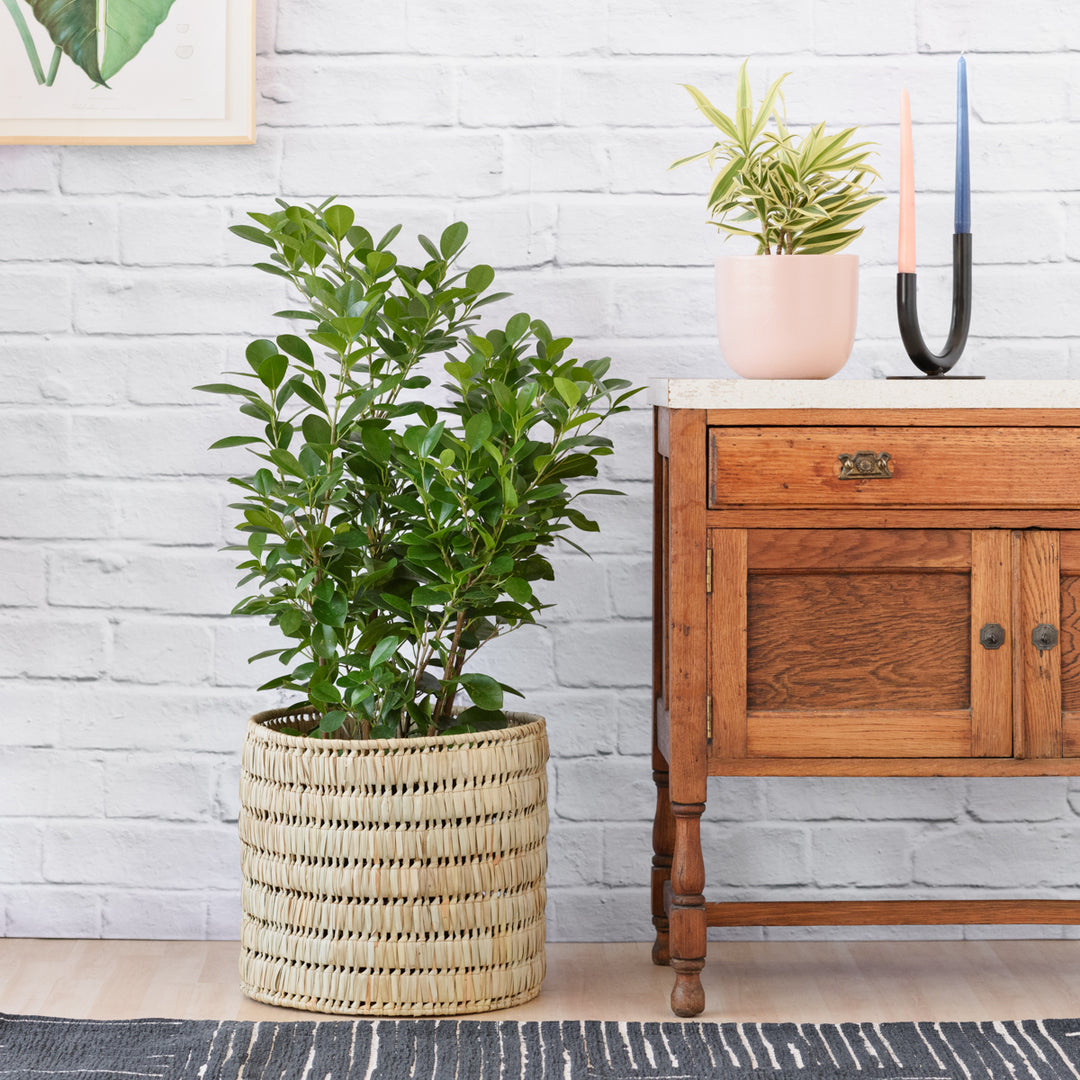
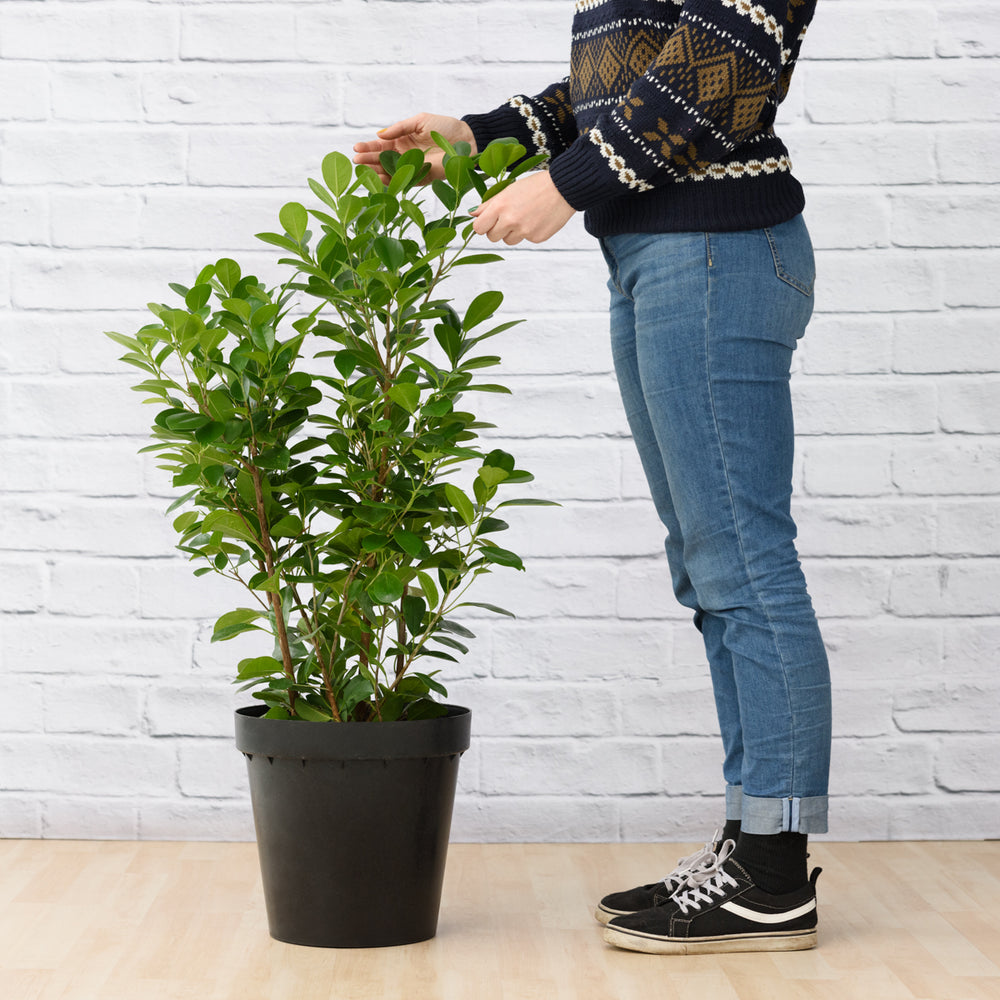

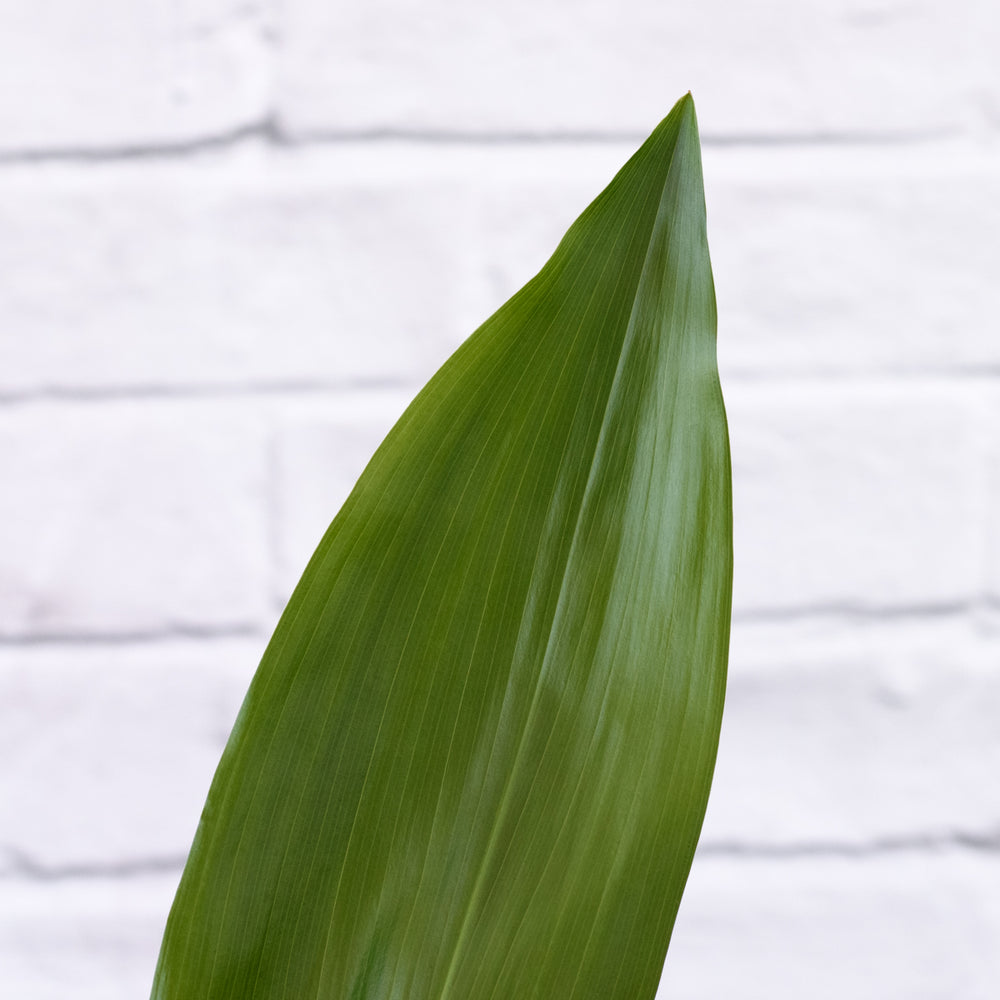
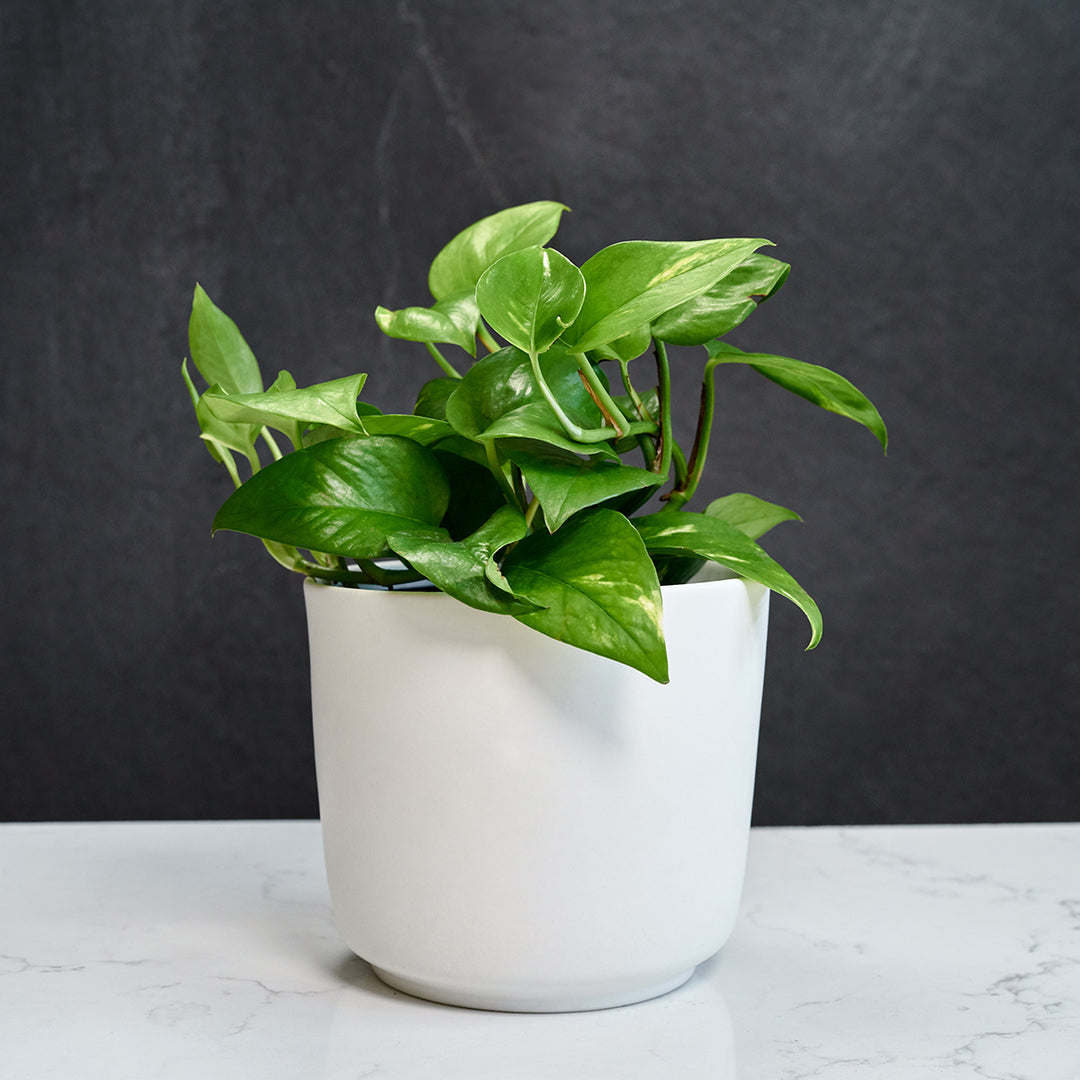
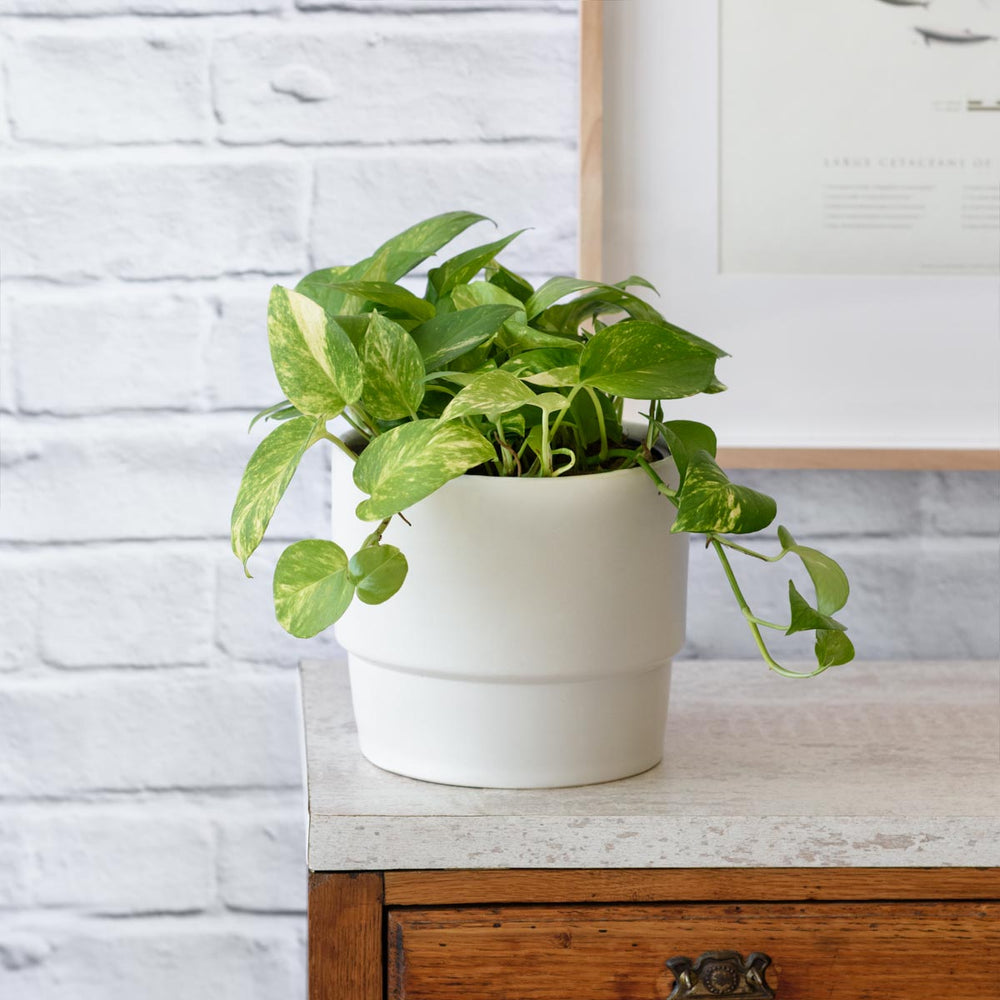

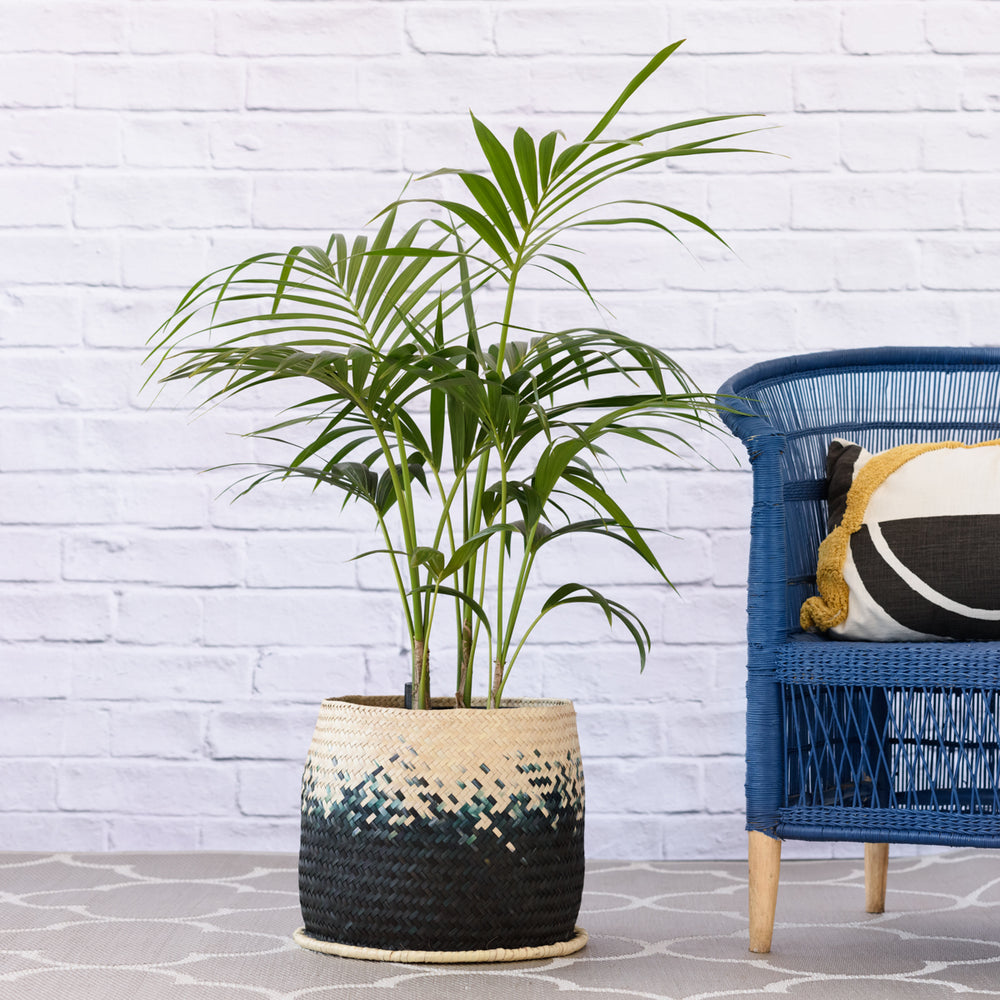
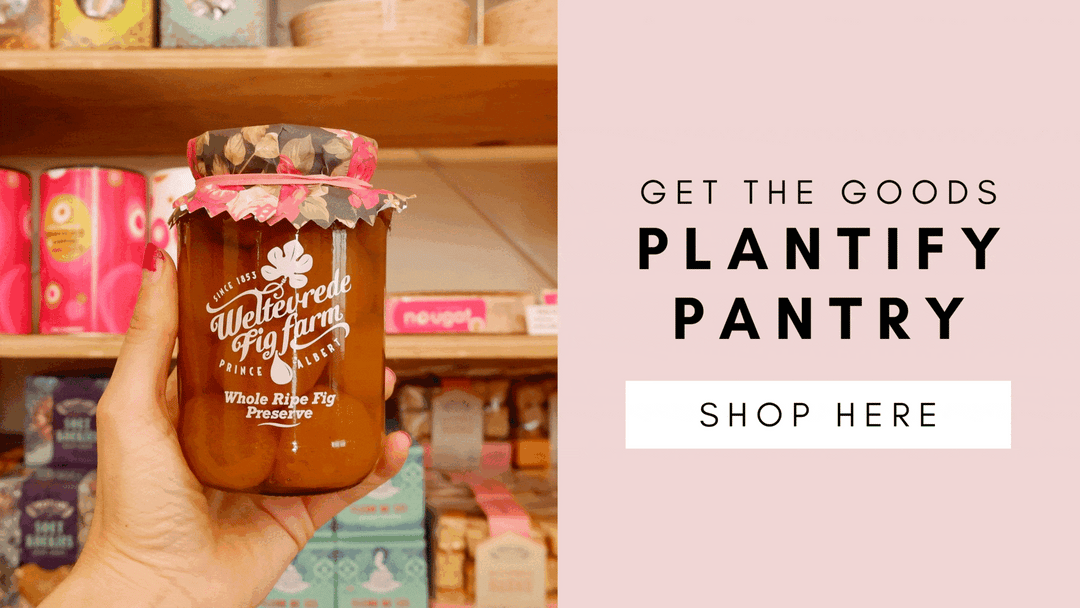
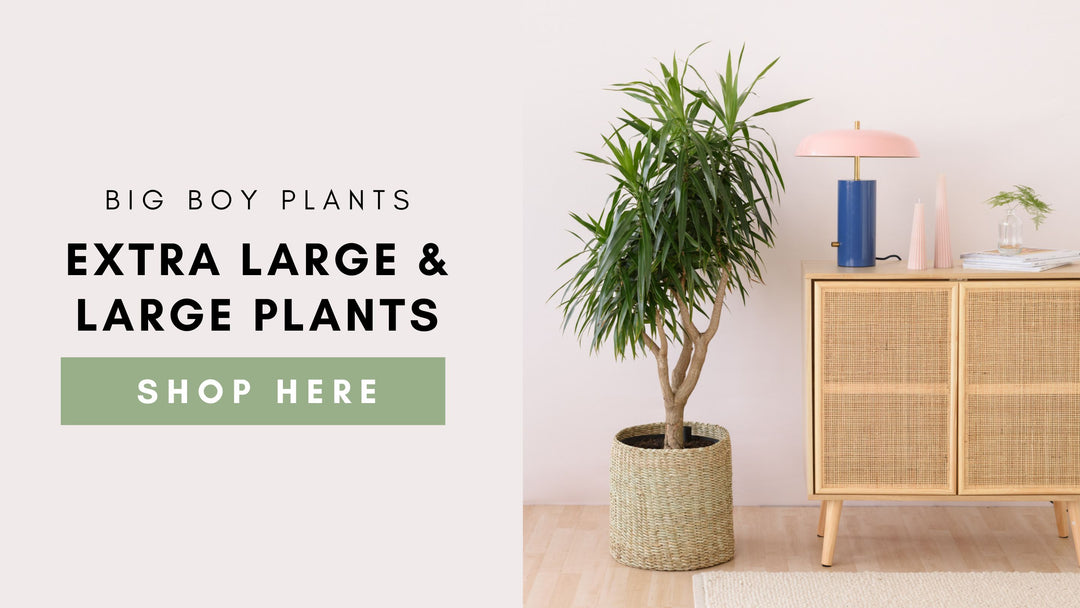
Leave a comment